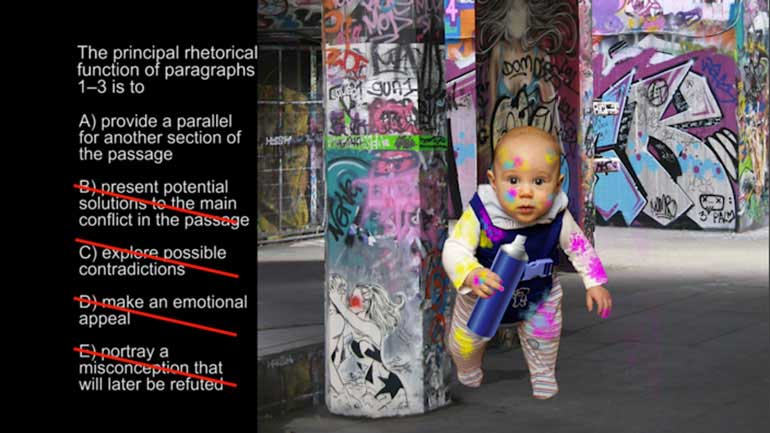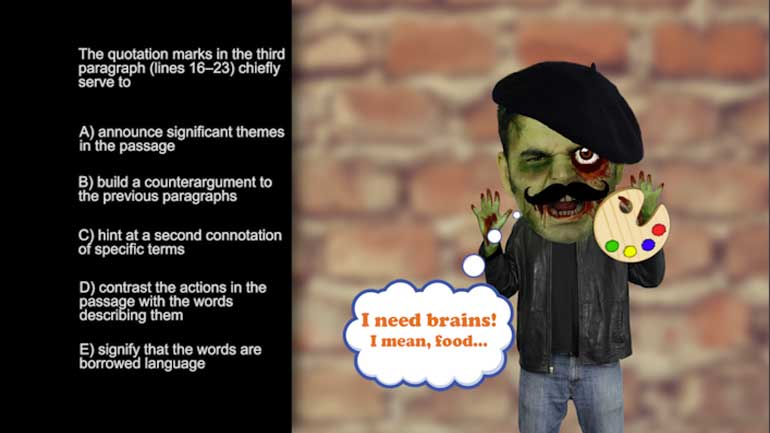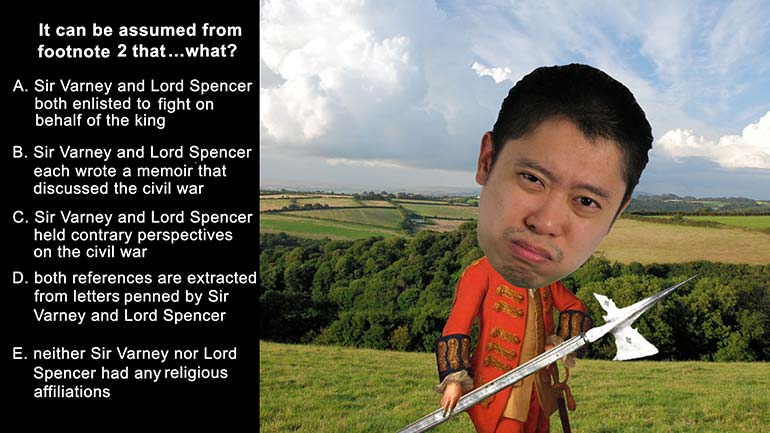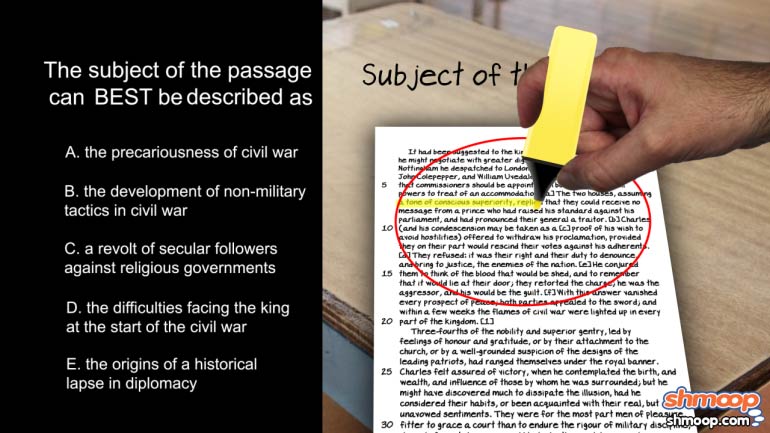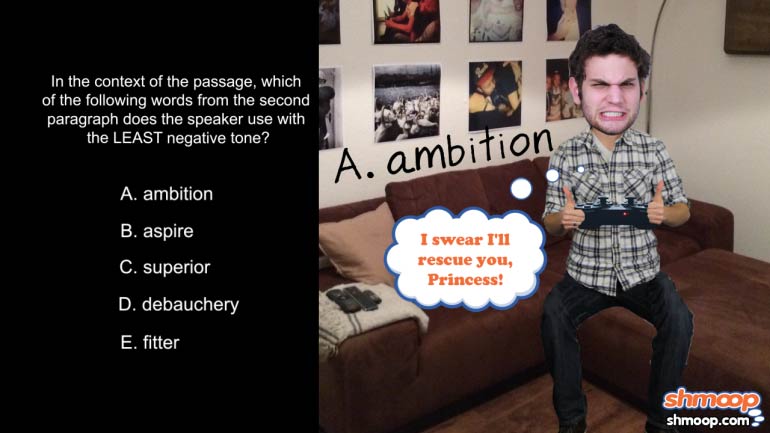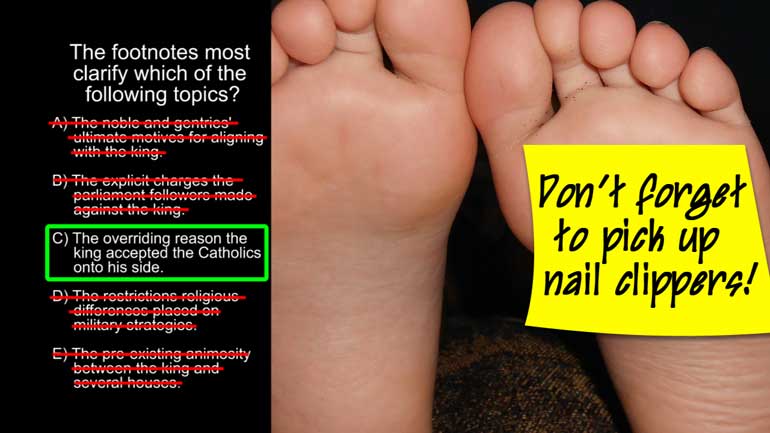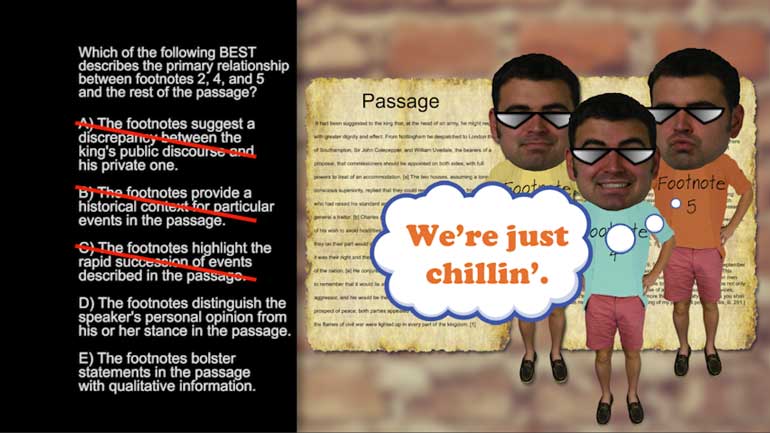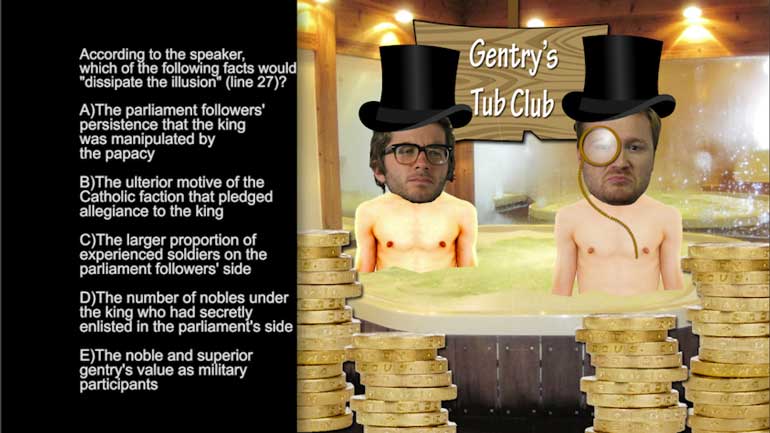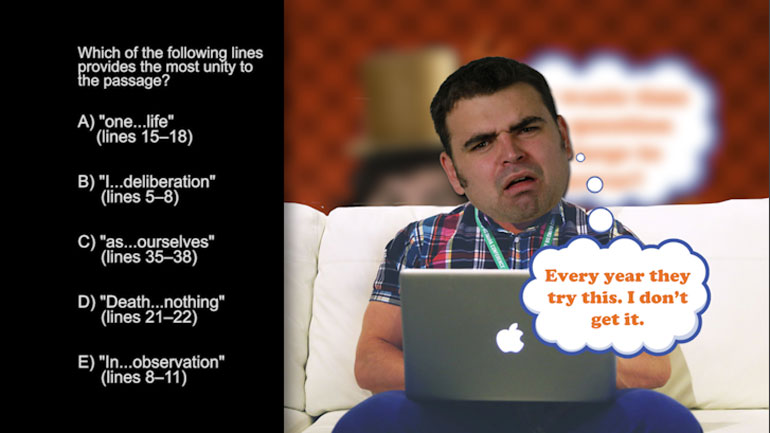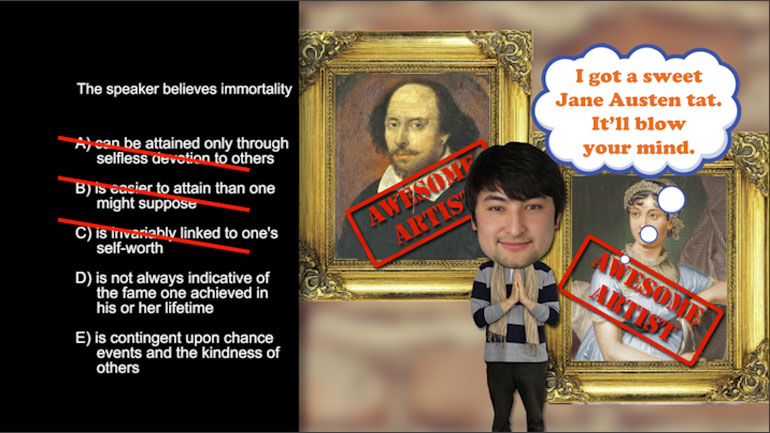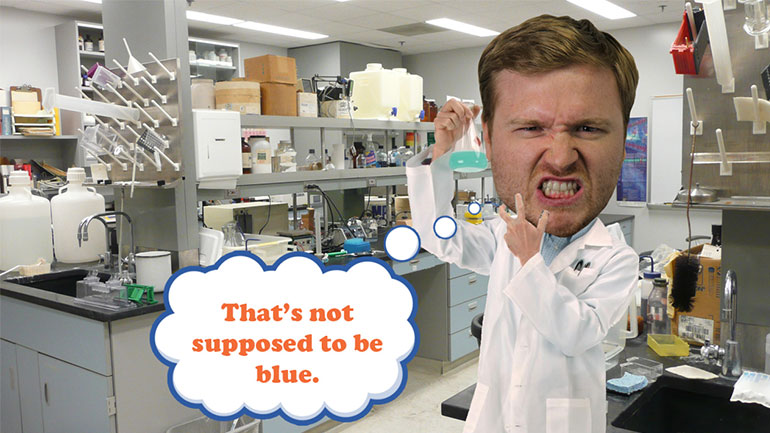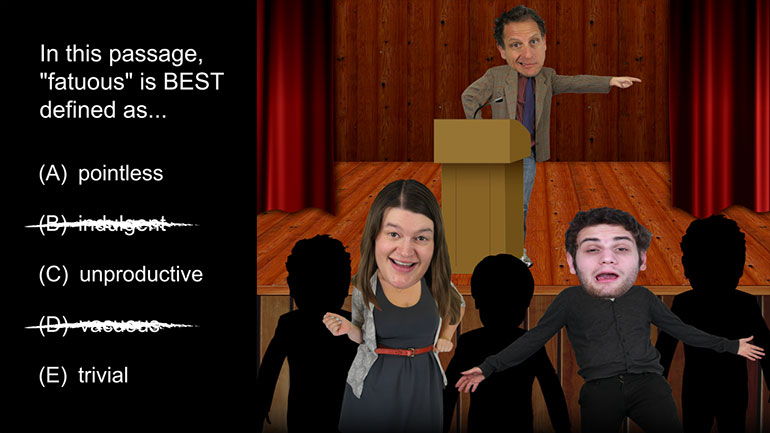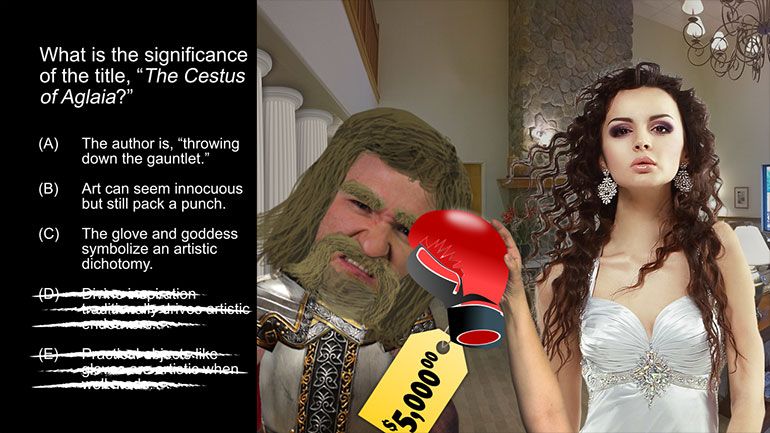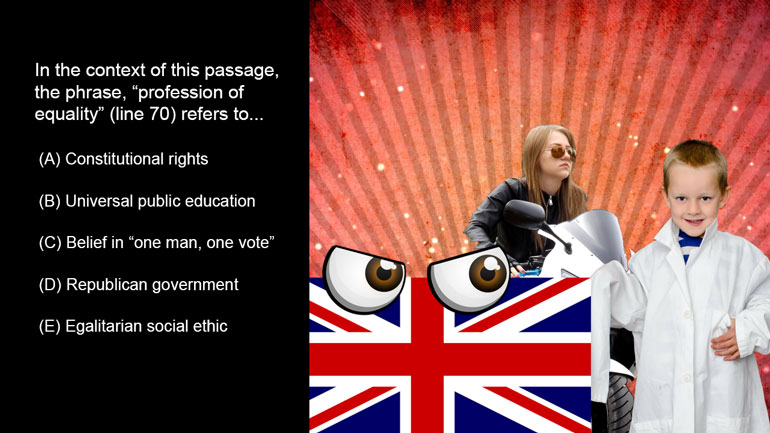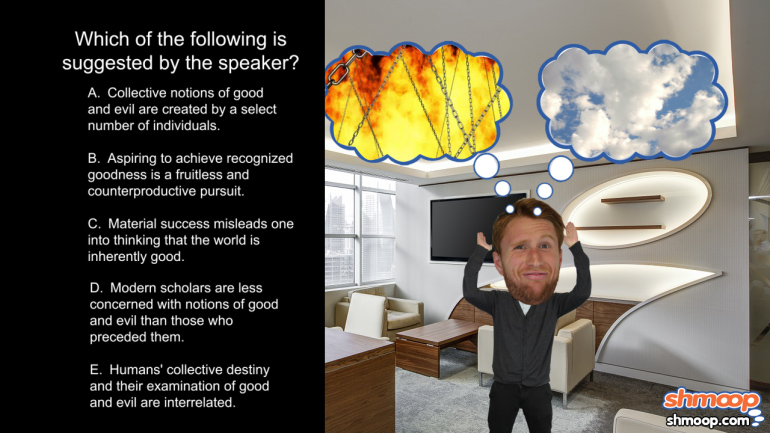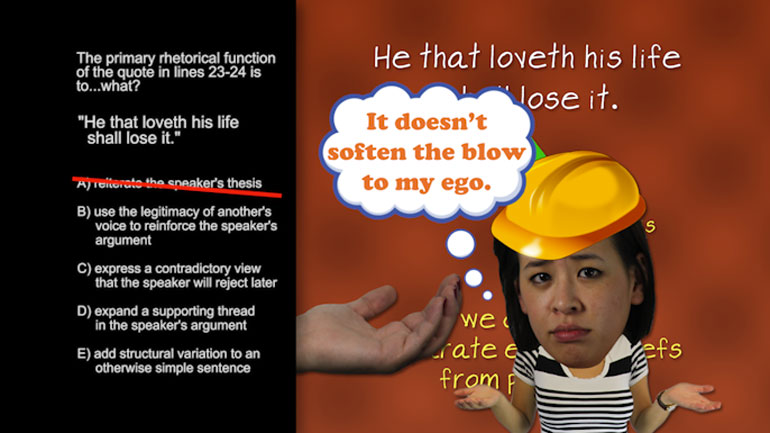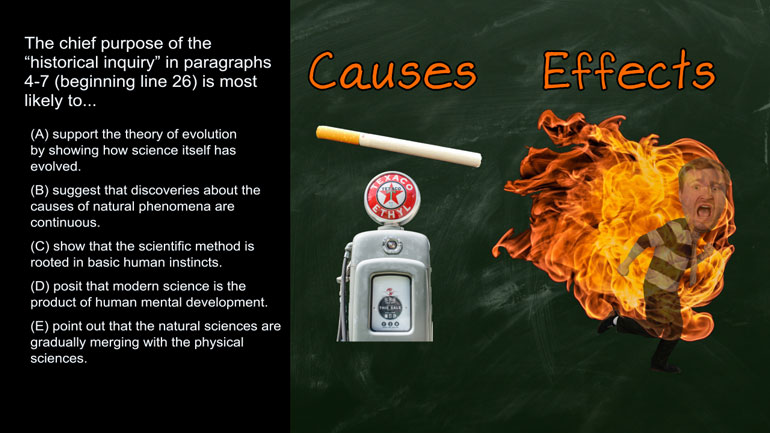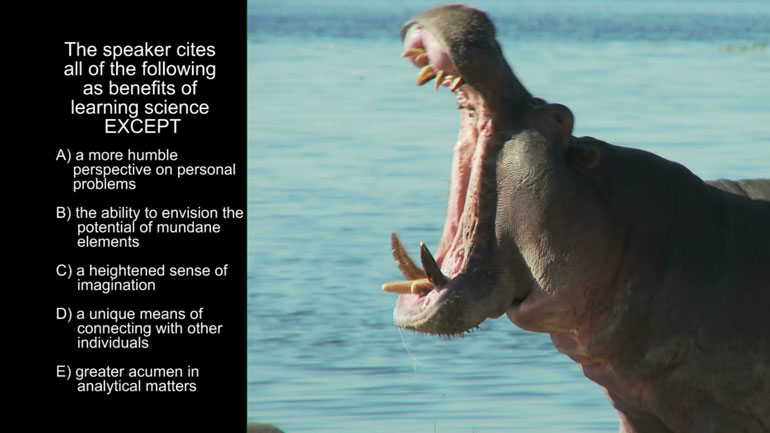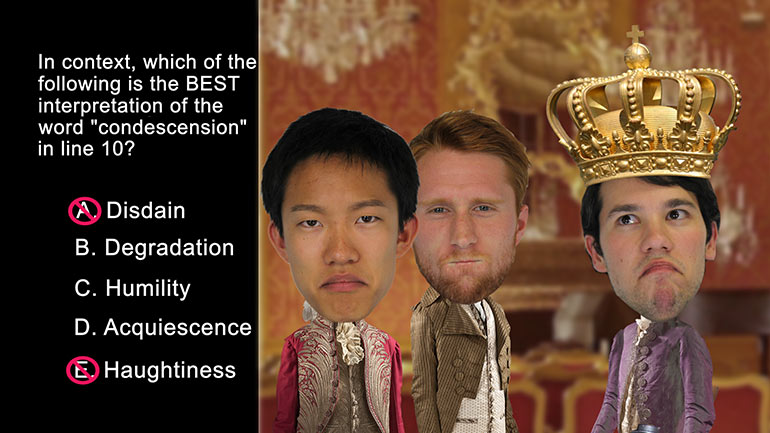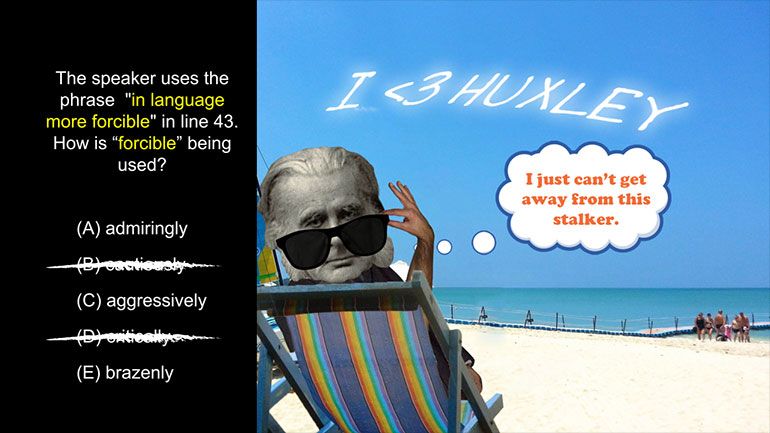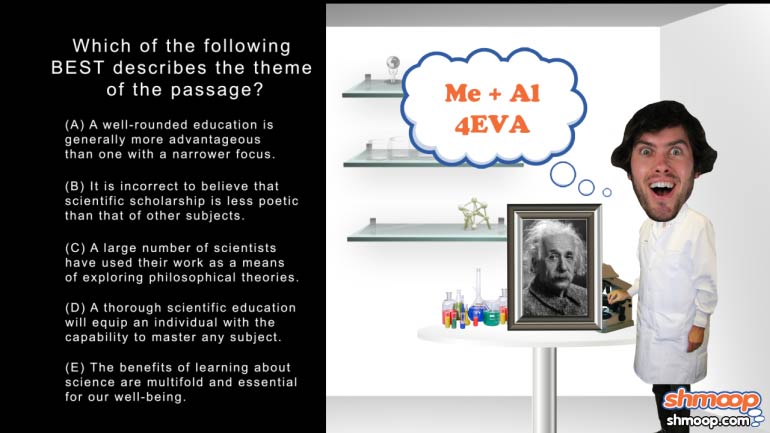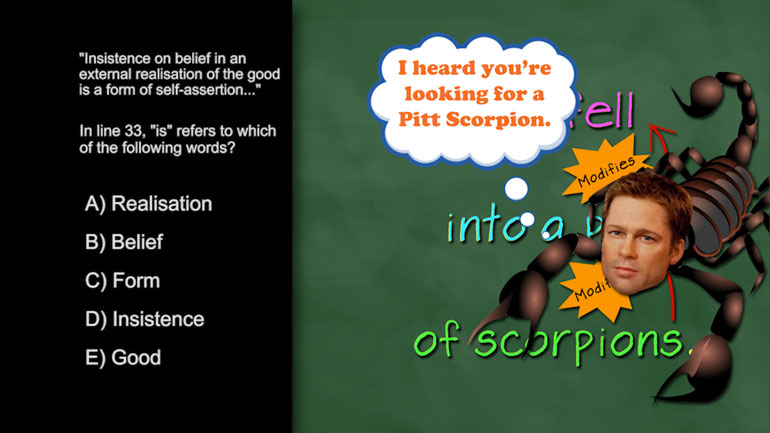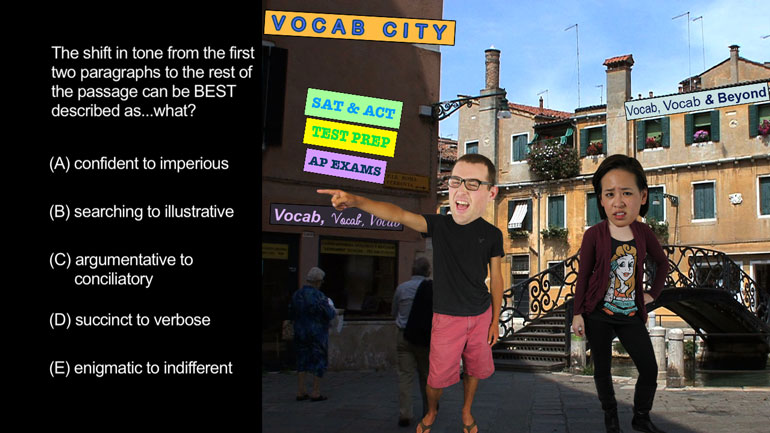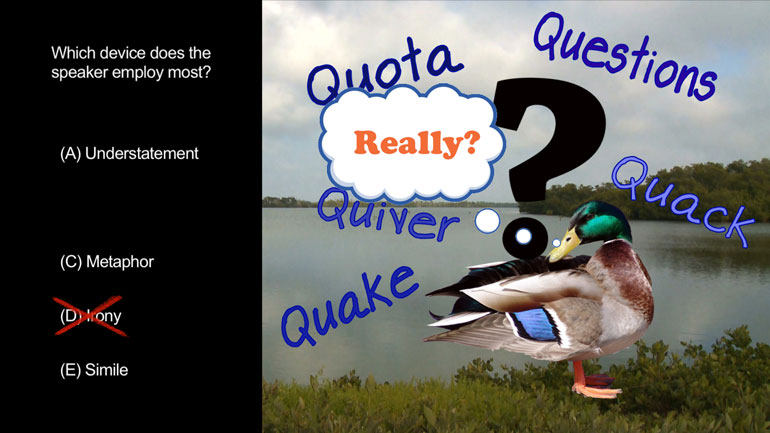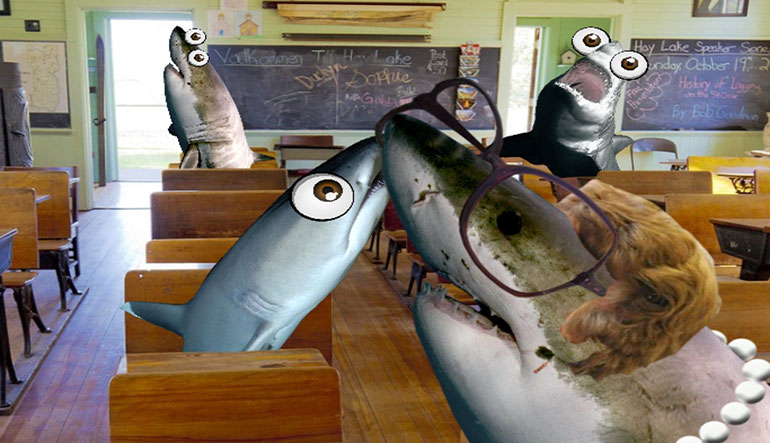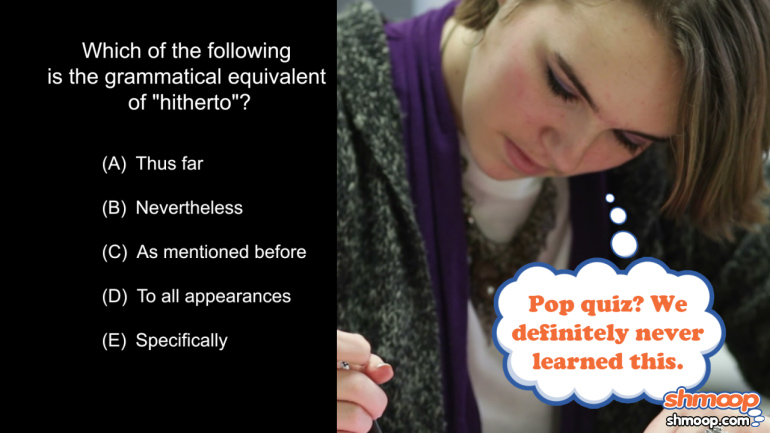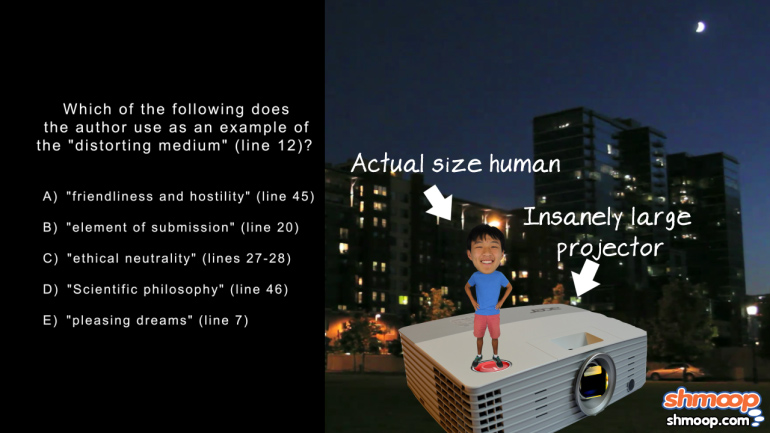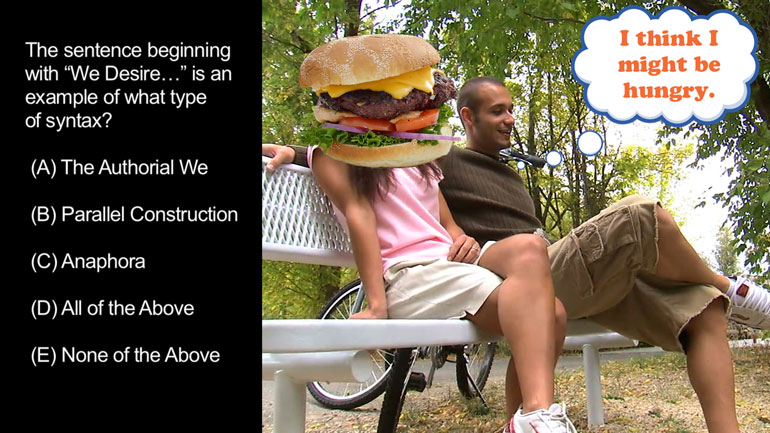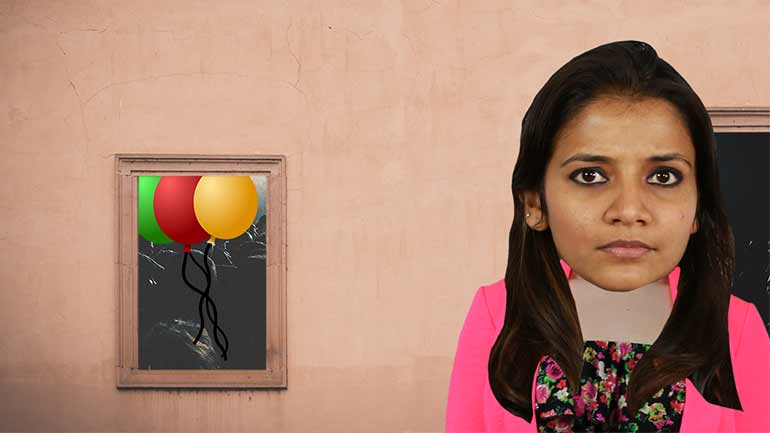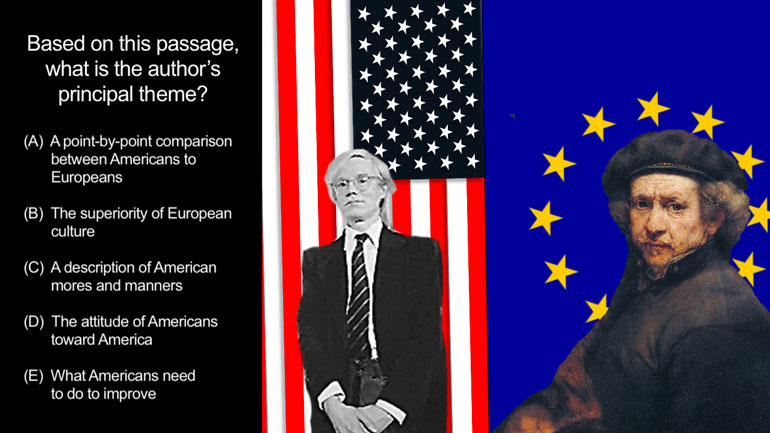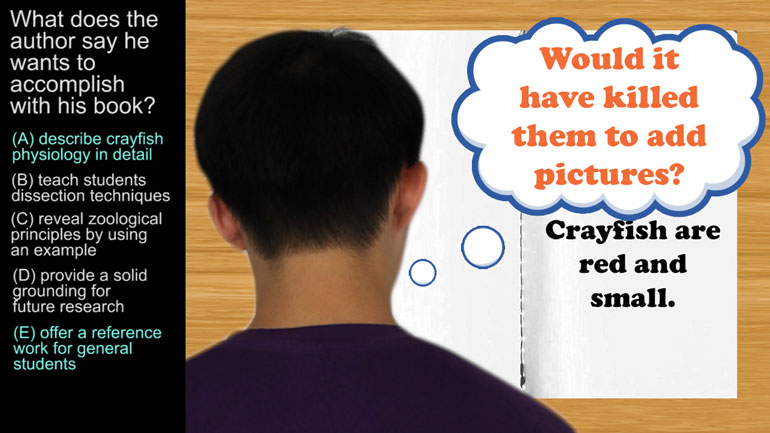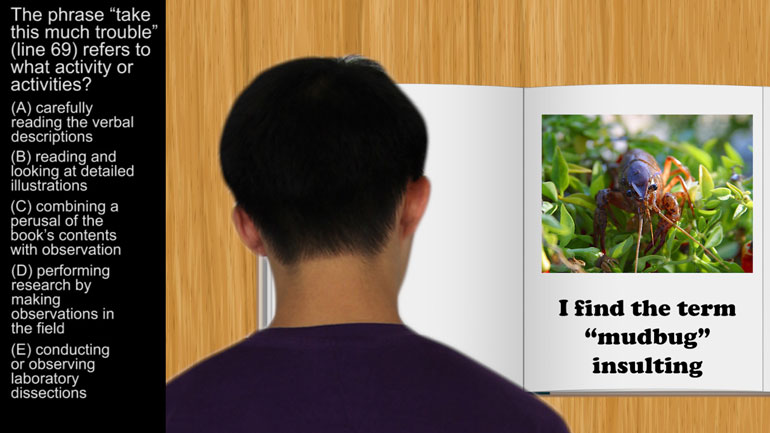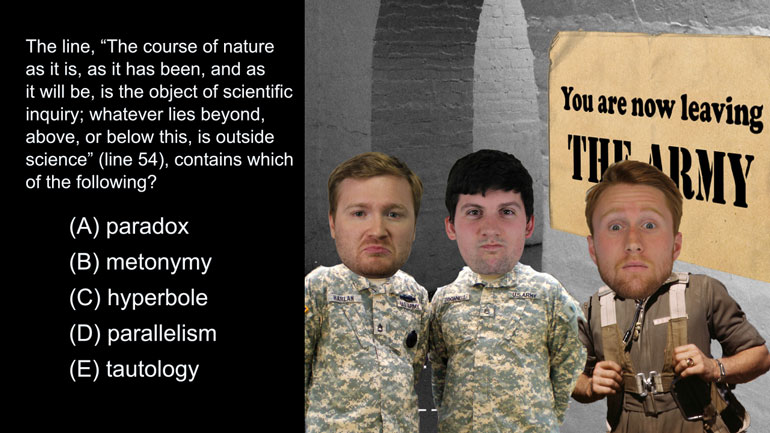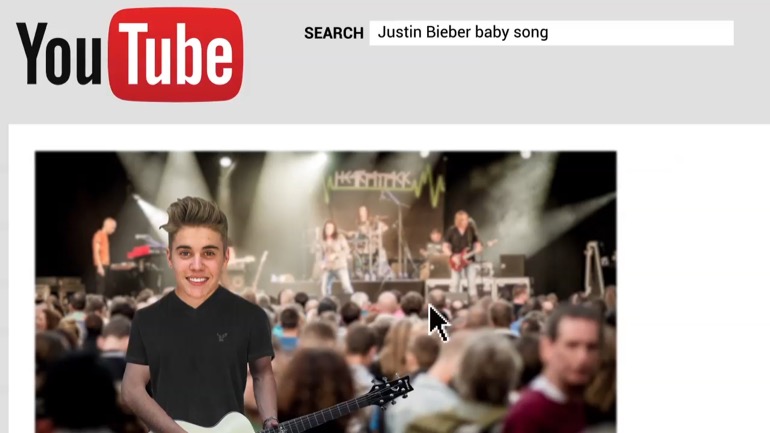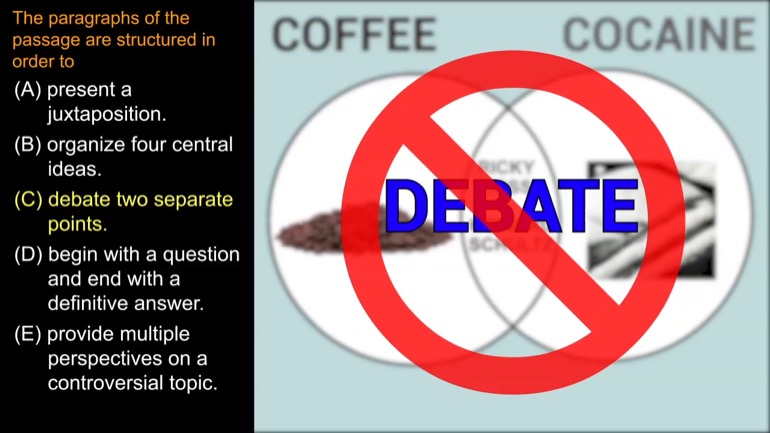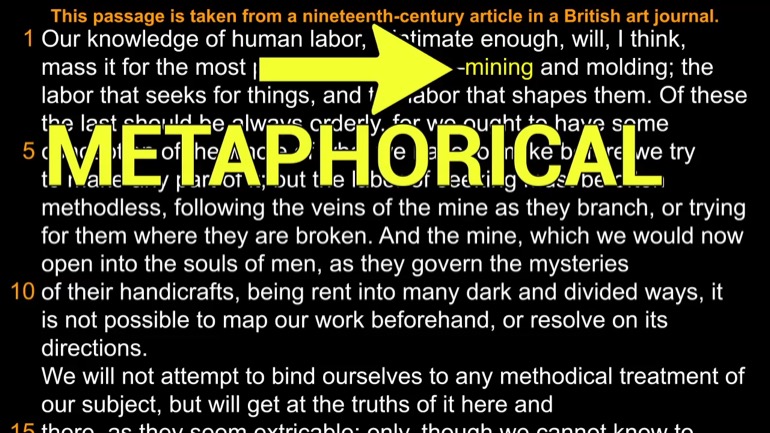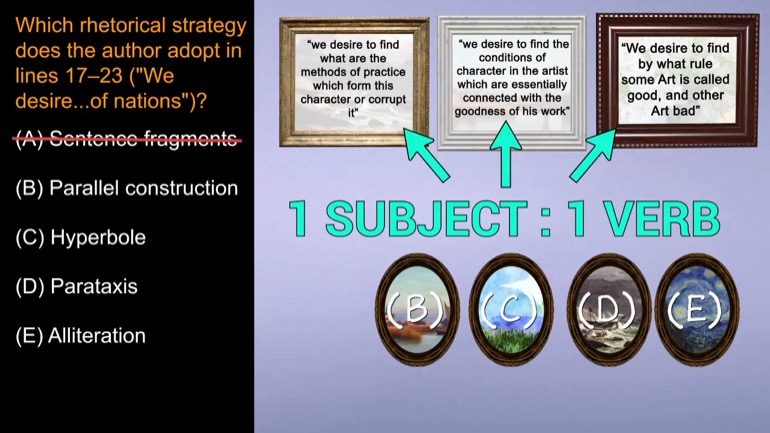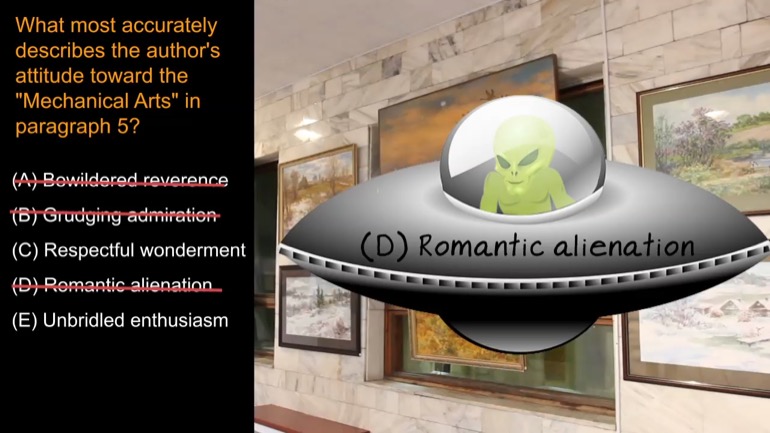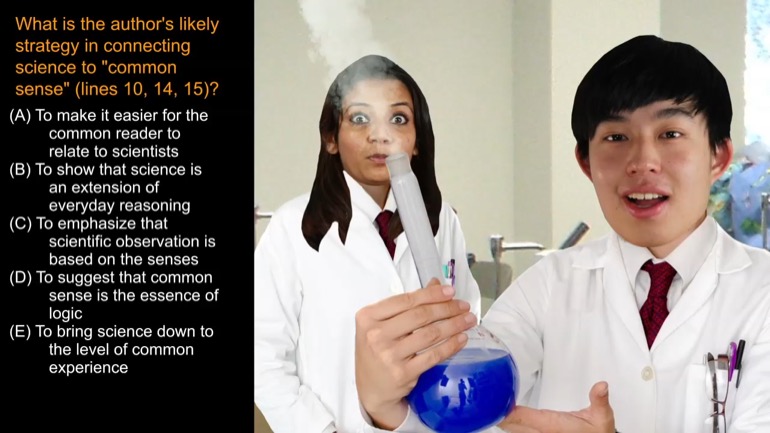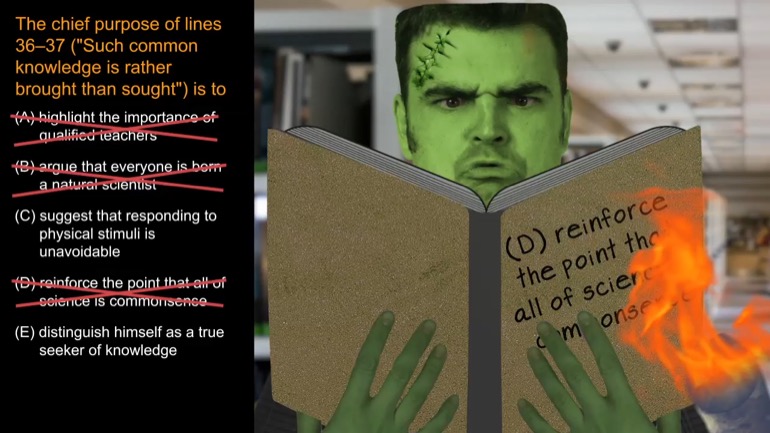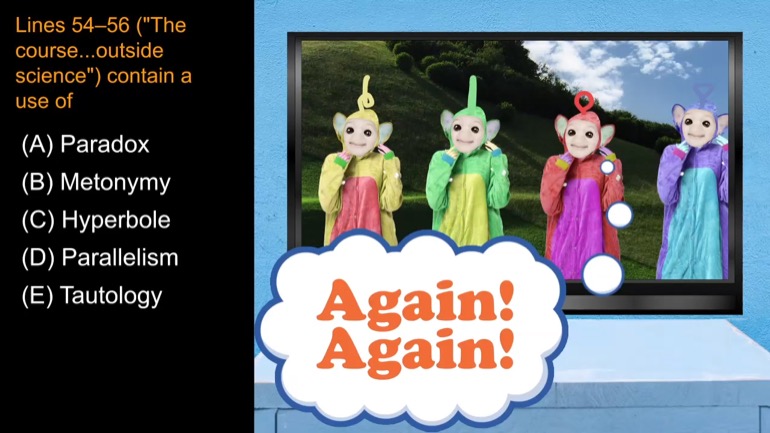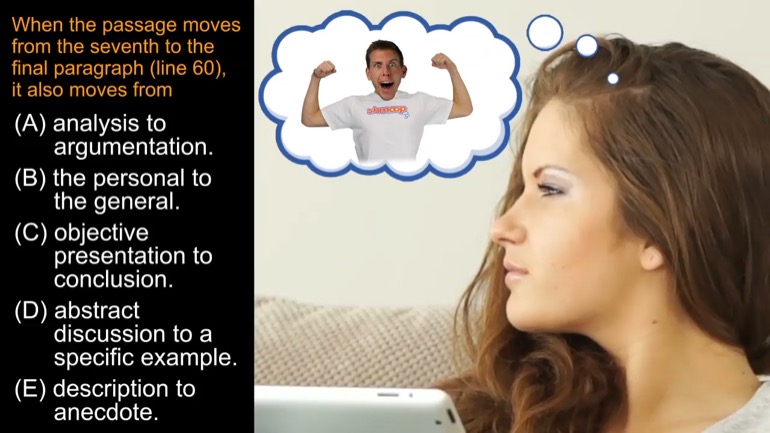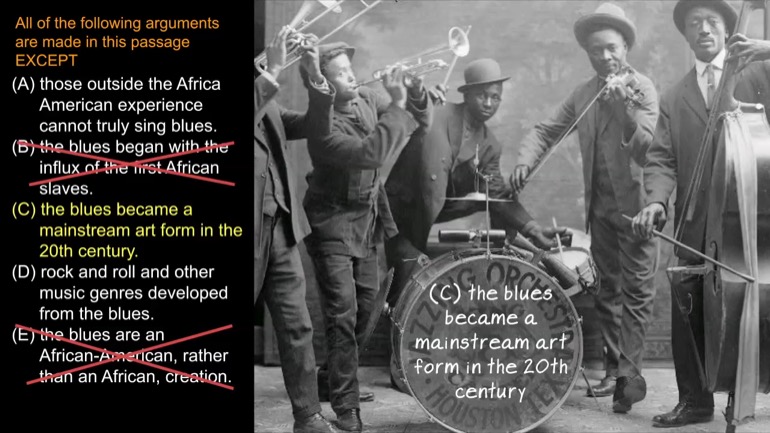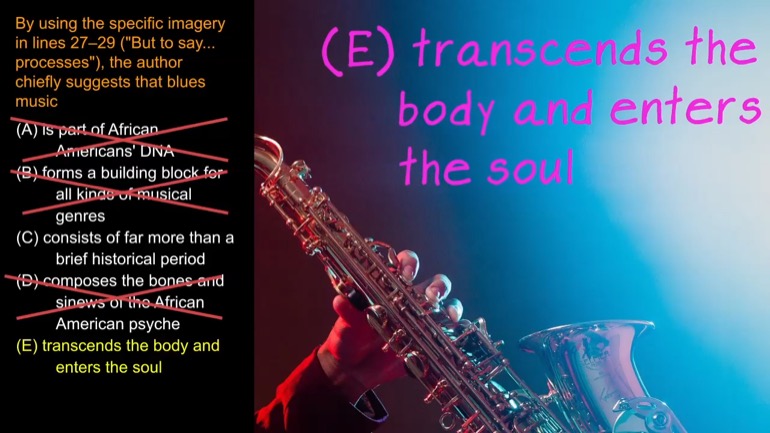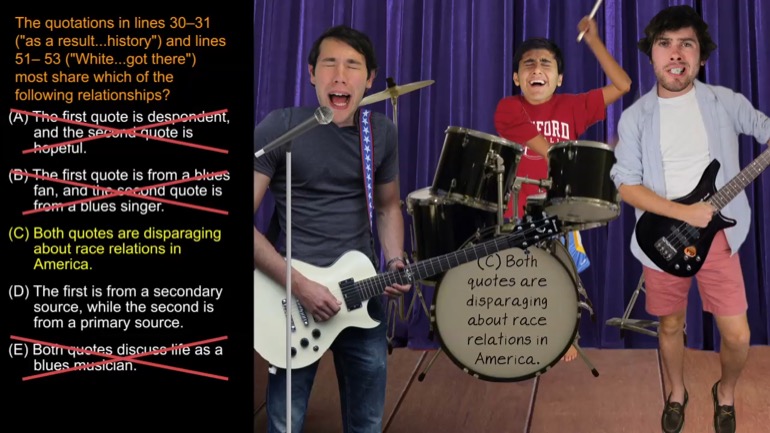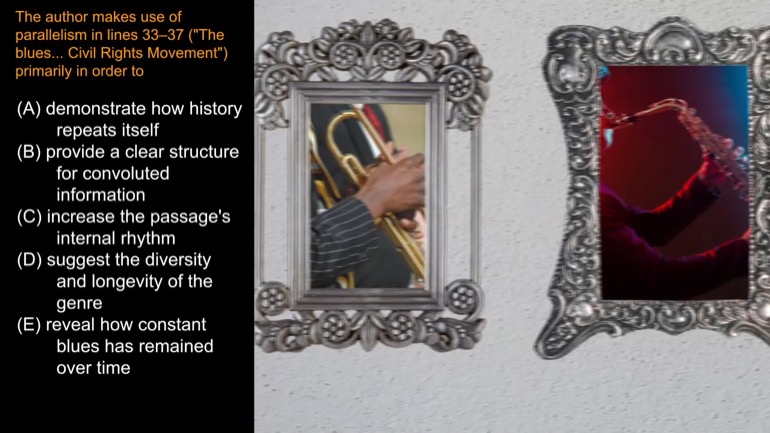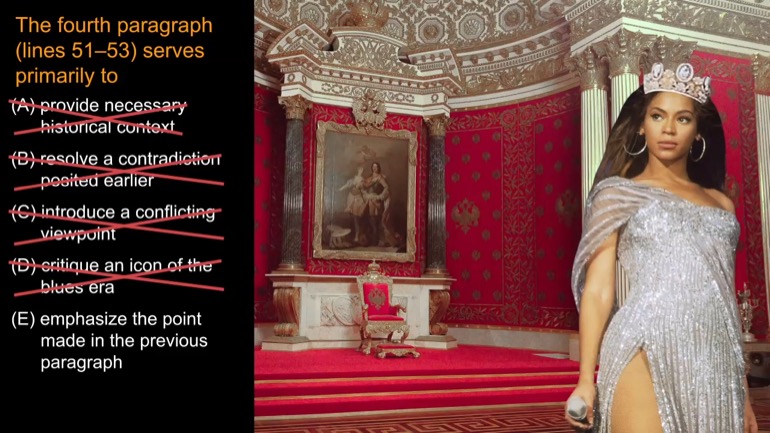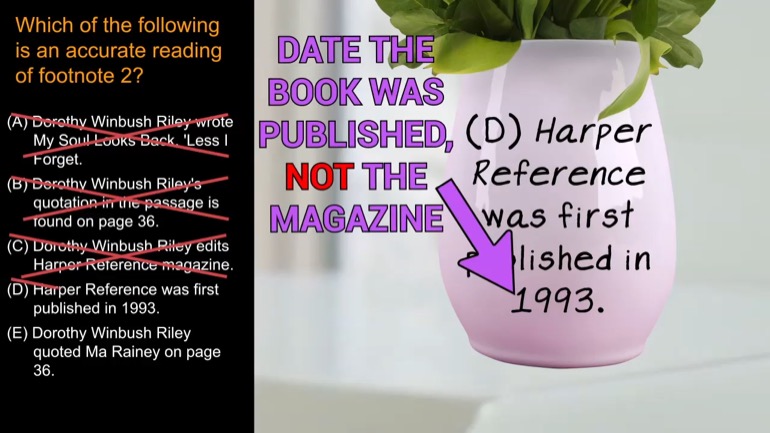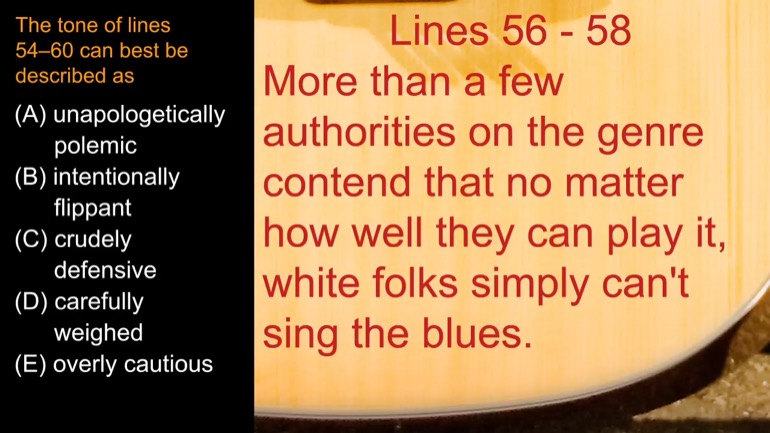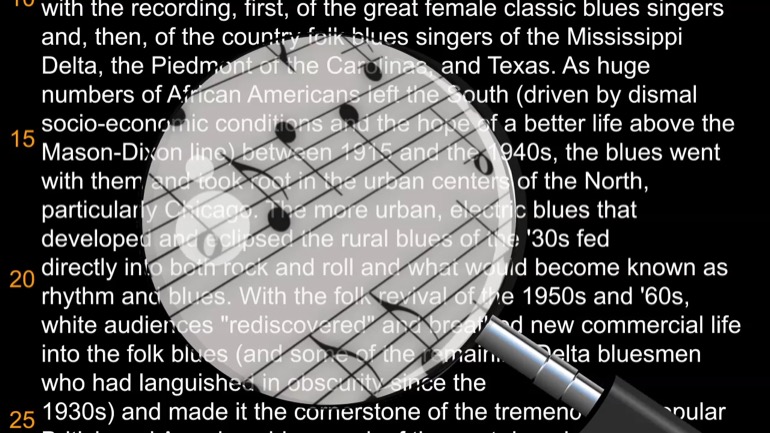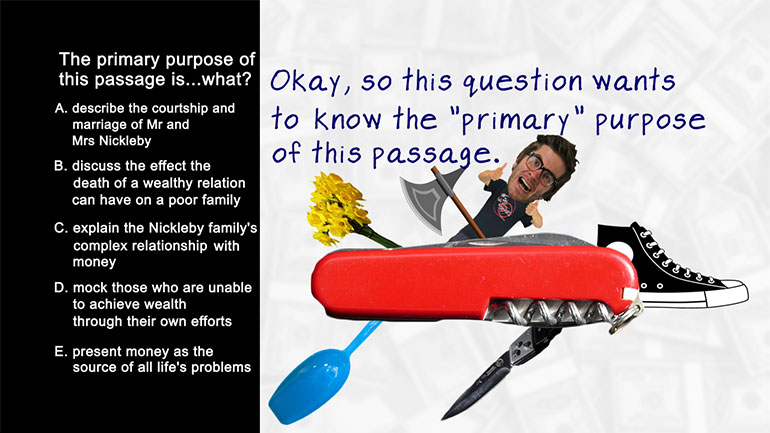ShmoopTube
Where Monty Python meets your 10th grade teacher.
Search Thousands of Shmoop Videos
Passage Drill Videos 141 videos
AP English Language and Composition: Passage Drill Drill 1, Problem 2. What is the speaker's primary purpose in using onomatopoeia in line four?
AP English Language and Composition: Passage Drill Drill 1, Problem 7. What is the principal rhetorical function of paragraphs one to three?
AP English Language and Composition: Passage Drill 1, Problem 8. The quotation marks in the third paragraph chiefly serve to what?
AP English Language and Composition 9.7 Passage Drill 179 Views
Share It!
Description:
AP English Language and Composition 9.7 Passage Drill. What would be the best way to characterize the author's diction in this passage?
Transcript
- 00:03
and here's your shmoop du jour brought to you by tone the world leader
- 00:07
in misunderstandings we've been there take a look at the following passage and [Woman throws clothes out of window]
- 00:11
it's right there we're just gonna skim skim skim and we're skimming alright
- 00:16
what would be the best way to characterize the author's diction in
- 00:19
this passage and here are potential answers all right diction does the
Full Transcript
- 00:26
author use outspoken and forthright diction you could maybe argue that the [Woman laying on a bed]
- 00:29
author is outspoken we know he has no shame about his love of poetry but
- 00:33
outspoken and forthright implies a more direct and straightforward style this [Woman on balcony and man waiting below]
- 00:37
author's language is a little too flowery for this to be our answers Oh
- 00:41
cross out B all right C can we describe the author's diction is familiar in
- 00:44
colloquial well it's important to consider that what was considered [Author ordering food to waiter]
- 00:48
informal language a long time ago might be considered verbose today that being
- 00:53
said even in the context of the 1800s this author is using formal language [Man shrugs shoulders at language]
- 00:56
think of it this way if you are trying to casually explain something to a
- 01:00
friend you would probably not say how did you break representations which
- 01:04
conduct to certain general results or reason is to imagination as the [Woman discussing maths results to boy]
- 01:09
instrument to the agent yeah you wouldn't say that though it's not C
- 01:12
either how about D is the author's diction
- 01:14
ardent and impassioned well it's clear that he strongly believes what he is
- 01:18
writing but the words ardent and impassioned imply a great deal of [Author proposing to woman on a beach]
- 01:21
emotion the writer isn't really appealing to our emotions to make this
- 01:24
argument if you're trying to incite emotion you might go with something more
- 01:28
personal than or he not only B holds intensely the president's it is and [Author turns on flashlight]
- 01:33
discovers those laws according to which present well you get the idea [Person highlighting sentence with yellow marker]
- 01:37
D is out is the author's writing analytical and precise well we don't see
- 01:41
any numbers in the text and the author doesn't provide any data or real-life
- 01:45
example his arguments are more philosophical than analytical which [Man presenting data in conference room]
- 01:48
works when you're discussing poetry but maybe not in the business world so it's
- 01:51
not e so the writers work is formal and expository again this can be hard to
- 01:56
decide when we're dealing with text from a long time ago but even for the time [Man inspecting egyptian symbols]
- 02:00
period this piece is especially formal if we go back to the quote reason is to
- 02:04
imagination as the instrument to the agent we can see the philosophical
- 02:07
seriousness in this approach the language is also expository meaning it
- 02:12
is intended explain describe and inform he's telling
- 02:15
us about poetry as he understands it so a it is hopefully that cleared things up [Woman throwing clothes out of window]
- 02:20
well maybe his next girlfriend will be more forgiving
Related Videos
AP English Language and Composition: Passage Drill Drill 1, Problem 2. What is the speaker's primary purpose in using onomatopoeia in line four?
Take a look at this shmoopy question and see if you can figure out which device the speaker employs the most.
Feel like shifting gears and answering a question about shifting tones? We've got you covered. Take a look at this question and see if you can foll...
AP English Literature and Composition 1.1 Passage Drill 7. The primary purpose of this passage is what?
Wishing upon a star may help you pass your AP English Language and Composition test, but answering this question would be a safer bet.

